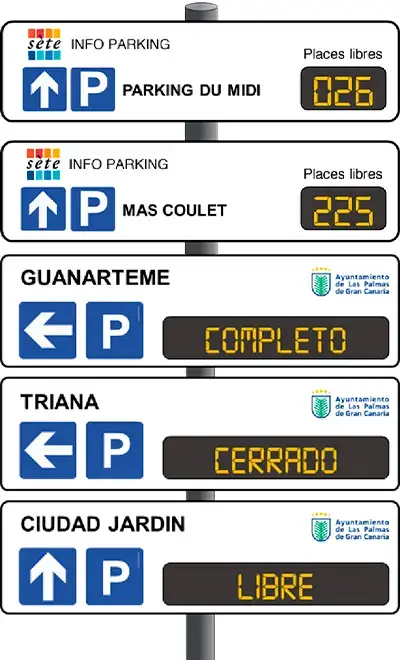Linked to the sustainable goals that many cities are aiming to achieve, there is a growing interest in promoting active mobility, i.e. transportation alternatives such as walking or cycling. In this context, smart parking, in addition to improving the management of available parking spaces on the road, is of great help in encouraging people to opt for these means of transport.
Active mobility and its benefits
Active mobility is all forms of mobility driven by the power of the people themselves, which benefits both the user and the collective. It helps to reduce the number of vehicles on the streets and, as a result, emissions of gases such as carbon dioxide (CO2). Those who opt for this practice contribute to a cleaner city, with better air quality.
Constant traffic noise is also reduced, which improves the quality of life of people living in or traveling through the area. Engines, horns and braking can generate stress and affect sleep in the long term. Fewer vehicles on the road create a quieter environment.
As a result of these advantages, active mobility also has a great impact on people’s health by encouraging physical activity, which helps to combat the increasingly common sedentary lifestyle among the population. The use of bicycles can improve the mood of those who use them, especially if they are in natural environments. It is more than proven that outdoor activities improve the quality of life.
This initiative must have the right infrastructure and be located in strategic locations, near train or subway stations, shopping malls or office buildings, among many others. This is where smart parking systems can play a big role.
The importance of smart parking
Intelligent parking guidance and control systems help reduce on-street traffic and regulate and facilitate parking in the city. This is done using devices and platforms capable of exchanging data in real time, making it easier for drivers to better organize their trips and for city authorities to make informed urban planning decisions. The data collected allows for a better understanding of supply and demand, to know what the real needs of the population are.
Sensors detect in real time whether a parking space is occupied or free, and this information is shared through mobile applications and variable signage panels located at strategic points in the area. They are easily visible from behind the wheel so they can make quick decisions with confidence.

Costumized VMS
Thanks to these intelligent systems, the number of drivers circling the streets is reduced, regulations are more respected and there are fewer accidents caused by risky maneuvers or the stress of driving for so long in search of a free space, which is already a great improvement in terms of safety.
Relationship between smart parking and active mobility
To encourage more people to opt for active mobility, cities must have adequate infrastructure that is safe and accessible for everyone, including people with reduced mobility. This includes bike lanes and wide, obstacle-free pedestrian zones, both separated as much as possible from traffic so that it is safe to ride or walk on them.
Without well-designed and connected areas for walking and cycling, most people will continue to rely on the private car as the only viable transportation option. Although it may seem strange, opting for active mobility implies a major cultural shift, people are very accustomed to using the car from start to finish in their commutes.
Smart parking systems enable a seamless transition between different modes of transport, promoting what is known as “multimodal mobility”. This means that drivers can park in well-connected peripheral areas and then continue on foot or by bicycle to the city center or other points of interest.
Its aim is none other than to free up the areas most affected by traffic, improving fluidity and reducing both environmental and noise pollution, but it can also encourage the use of such alternatives without citizens having to completely renounce the comfort and flexibility provided by the private car. The population has the opportunity to choose the way of getting around that best suits their needs.
Locating specific, well-marked spaces where bicycles can be parked without risk of theft, or pedestrian avenues near parking lots managed by smart systems, will make it easier for drivers to park and take advantage of carpooling.
At Urbiotica, we offer and help you choose the most suitable solutions depending on the needs of the city or parking lot in question, favoring a transition towards a healthier and more accessible city for all its inhabitants. We work hand in hand with municipal authorities to integrate advanced technologies on public roads that optimize mobility, reduce pollution and improve street safety. Through intelligent parking guidance and control systems that provide real-time data, we help both to better manage available spaces in the city and to encourage healthy habits such as active mobility.